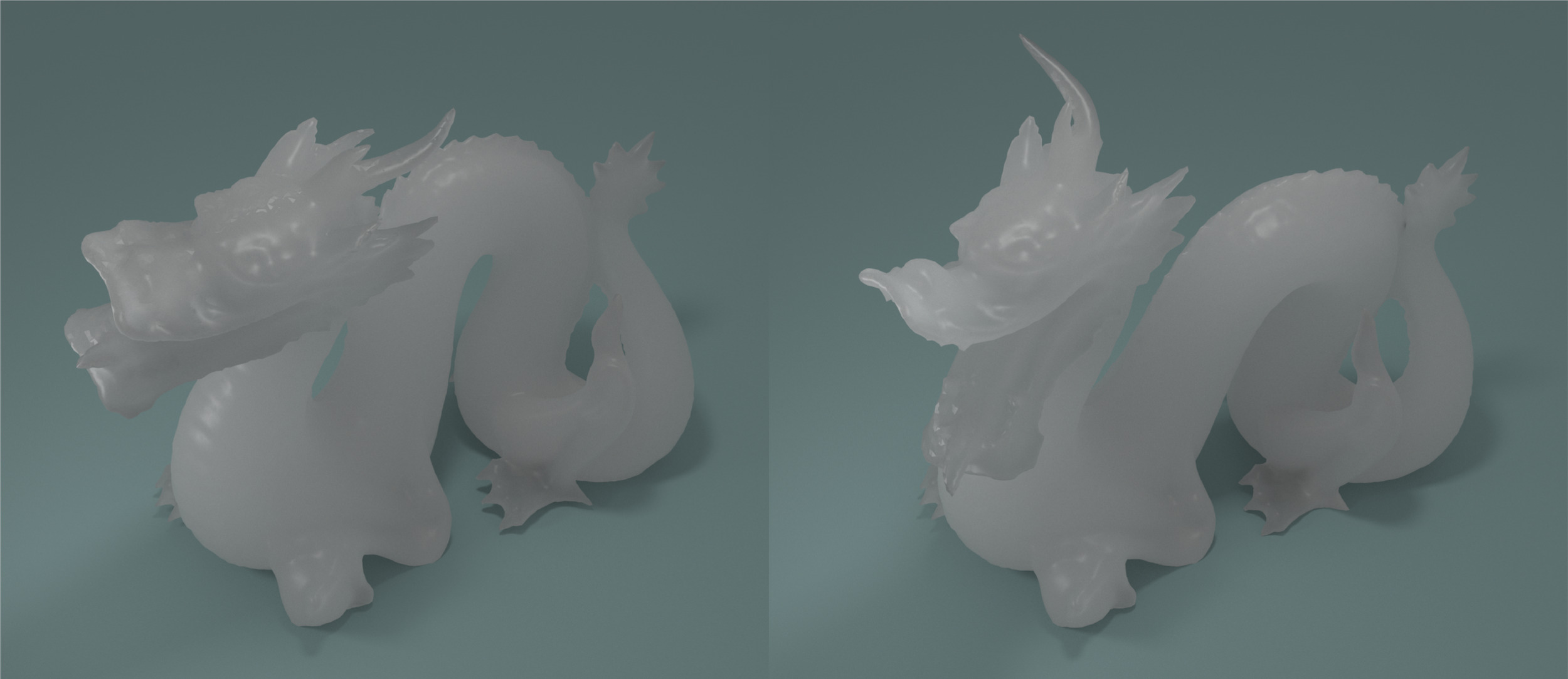 Capturing Animation-Ready Isotropic Materials Using Systematic Poking
Capturing Animation-Ready Isotropic Materials Using Systematic Poking
ACM SIGGRAPH Asia 2023

People
- Huanyu Chen
University of Southern California - Danyong Zhao
University of Southern California - Jernej Barbič
University of Southern California
Project material
- Paper (PDF, 55 MB)
- Video (Quicktime MP4, 38 MB)
- Supplementary Materials (ZIP, 0.5 MB)
Citation
-
Huanyu Chen, Danyong Zhao, Jernej Barbič:
Capturing Animation-Ready Isotropic Materials Using Systematic Poking, ACM Transactions on Graphics 42(6) (SIGGRAPH Asia 2023), Dec 2023. BIBTEX
Abstract
Capturing material properties of real-world elastic solids is both challenging and highly relevant to many applications in computer graphics, robotics and related fields. We give a non-intrusive, in-situ and inexpensive approach to measure the nonlinear elastic energy density function of man-made materials and biological tissues. We poke the elastic object with 3d-printed rigid cylinders of known radii, and use a precision force meter to record the contact force as a function of the indentation depth, which we measure using a force meter stand, or a novel unconstrained laser setup. We model the 3D elastic solid using the Finite Element Method (FEM), and elastic energy using a compressible Valanis-Landel material that generalizes Neo-Hookean materials by permitting arbitrary tensile behavior under large deformations. We then use optimization to fit the nonlinear isotropic elastic energy so that the FEM contact forces and indentations match their measured real-world counterparts. Because we use carefully designed cubic splines, our materials are accurate in a large range of stretches and robust to inversions, and are therefore "animation-ready" for computer graphics applications. We demonstrate how to exploit radial symmetry to convert the 3D elastostatic contact problem to the mathematically equivalent 2D problem, which vastly accelerates optimization. We also greatly improve the theory and robustness of stretch-based elastic materials, by giving a simple and elegant formula to compute the tangent stiffness matrix, with rigorous proofs and singularity handling. We also contribute the observation that volume compressibility can be estimated by poking with rigid cylinders of different radii, which avoids optical cameras and greatly simplifies experiments. We validate our method by performing full 3D simulations using the optimized materials and confirming that they match real-world forces, indentations and real deformed 3D shapes. We also validate it using a ``Shore 00'' durometer, a standard device for measuring material hardness.
Comments, questions to Jernej Barbič.Related projects
Acknowledgments
- NSF (IIS-1911224)
- USC Annerberg Graduate Fellowship to Huanyu Chen and Danyong Zhao
- Bosch Research
- Adobe Research
Disclaimer
Any opinions, findings, and conclusions or recommendations expressed in this material are those of the authors and do not necessarily reflect the views of the National Science Foundation.
Copyright notice
The documents contained in these directories are included by the contributing authors as a means to ensure timely dissemination of scholarly and technical work on a non-commercial basis. Copyright and all rights therein are maintained by the authors or by other copyright holders, notwithstanding that they have offered their works here electronically. It is understood that all persons copying this information will adhere to the terms and constraints invoked by each author's copyright. These works may not be reposted without the explicit permission of the copyright holder.
Unique accesses: